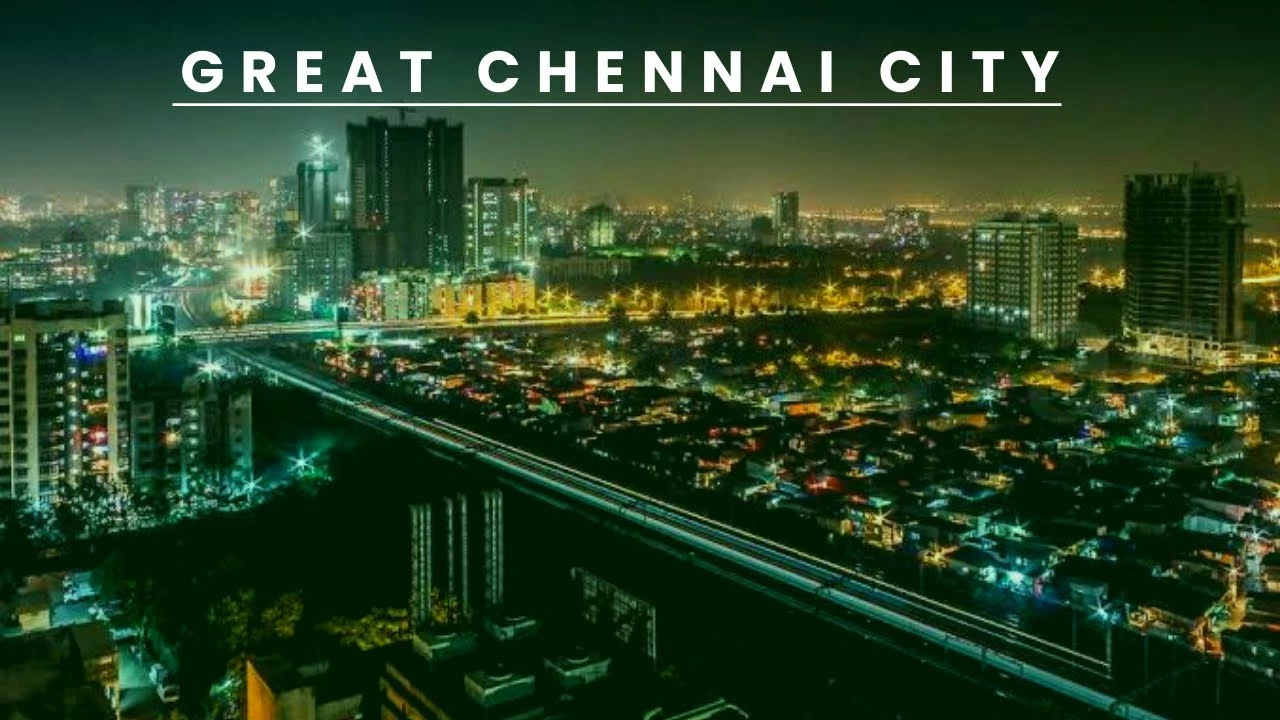You notice the map and ask: why does Delhi-NCR include so many cities? The short answer: the region grew faster than any single municipal boundary. Planners, politicians and markets kept adding adjacent towns so the capital's growth could be managed across states.
In 1985 the National Capital Region Planning Board (NCRPB) was set up to coordinate development around Delhi. Instead of letting Delhi sprawl uncontrolled, the idea was to treat a wide functional area as one planning unit. That meant including nearby cities such as Noida, Gurugram (Gurgaon), Ghaziabad, Faridabad and many smaller towns. Over time the NCRPB expanded its reach to cover districts in Haryana, Uttar Pradesh and Rajasthan. Why? Because people commute, factories and malls sit outside Delhi, and rivers, roads and railways don’t stop at state lines. When daily life, jobs and transport cross borders, planners include those places to make regional decisions—on water, highways, power and pollution.
Market forces added momentum. After liberalisation in the 1990s, industries and IT companies looked for cheaper land near Delhi. Developers built satellite townships and special economic zones along expressways. That pushed more towns into the region’s urban orbit. Good transport links—metro lines, expressways, and regional rail—turned once-distant towns into daily-commute places. When tens of thousands of people travel daily between a town and Delhi, it makes sense to plan them together.
For you, this setup has clear effects. On the positive side, many NCR cities get better infrastructure funding and coordinated projects like regional transit or sewage plans. You’ll see big roads and metro lines that link multiple cities, making commutes possible. Job markets widen too—living in one city and working in another becomes normal.
On the downside, overlapping authorities can confuse things. A neighbourhood might be under a municipal corporation, a state department and NCRPB rules at the same time. That creates delays in approvals and mixed responsibilities for water and waste. Pollution and groundwater stress don’t respect boundaries either, so one city’s problem quickly becomes a regional issue. Property prices can rise fast where connectivity improves, and local services sometimes lag behind population growth.
Practical tips: if you’re moving or buying property, check which authority manages roads, water and taxes. For daily travel, plan routes that use regional transit—metros and express buses cut long commutes. If you care about clean air or water, support regional initiatives because local fixes won’t hold if neighbouring towns aren’t on the same plan.
Delhi-NCR includes many cities because urban life, jobs and infrastructure have outgrown Delhi’s borders. The region is a functional city made of many administrative pieces. That’s messy, but it also makes big projects possible—when planners and citizens push the same way, the whole region benefits.

Delhi-NCR is a large metropolitan area located in northern India. It is home to some of the country's most important cities, including New Delhi, Noida, Gurgaon, Faridabad and Ghaziabad. The region's rapid growth over the past few decades has seen it become one of the most populated urban areas in the world. The cities within the Delhi-NCR region offer a range of cultural and economic opportunities, making them attractive places to live and work. Additionally, the cities are well-connected by road, rail and air, making it a popular destination for both domestic and international tourists. With so much to offer, it's no surprise that Delhi-NCR is home to so many cities.